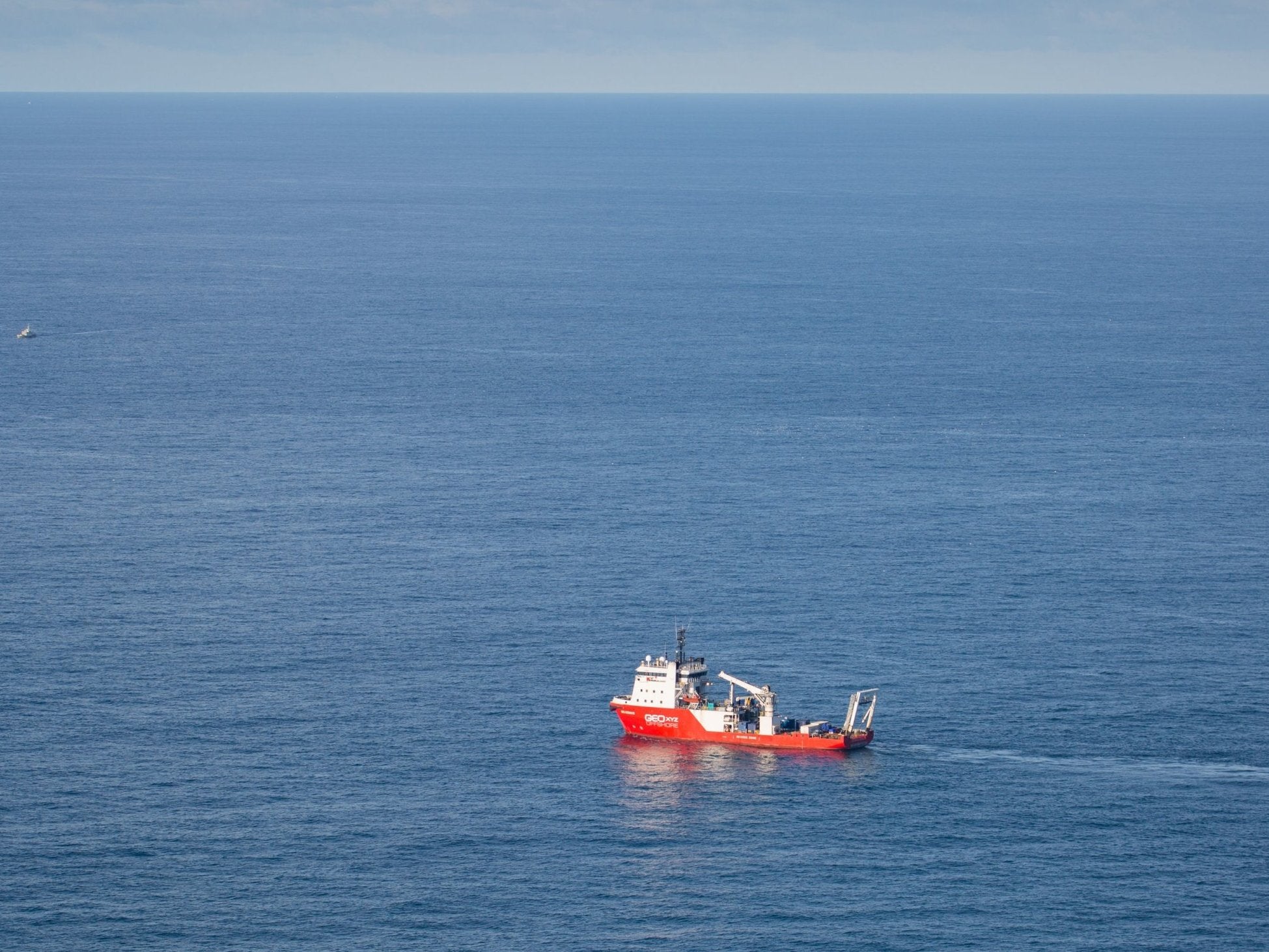Emiliano Sala: AAIB attempting to recover body from plane wreckage on seabed
The Piper Malibu N264DB aircraft carrying the 28-year-old Sala and Ibbotson, 59, went missing on 21 January after leaving Nantes in France for Cardiff

Your support helps us to tell the story
From reproductive rights to climate change to Big Tech, The Independent is on the ground when the story is developing. Whether it's investigating the financials of Elon Musk's pro-Trump PAC or producing our latest documentary, 'The A Word', which shines a light on the American women fighting for reproductive rights, we know how important it is to parse out the facts from the messaging.
At such a critical moment in US history, we need reporters on the ground. Your donation allows us to keep sending journalists to speak to both sides of the story.
The Independent is trusted by Americans across the entire political spectrum. And unlike many other quality news outlets, we choose not to lock Americans out of our reporting and analysis with paywalls. We believe quality journalism should be available to everyone, paid for by those who can afford it.
Your support makes all the difference.Authorities are attempting to recover the body found in the wreckage of the plane carrying footballer Emiliano Sala and pilot Dave Ibbotson from the seabed of the English Channel.
The Piper Malibu N264DB aircraft carrying the 28-year-old Sala and Ibbotson, 59, went missing on 21 January after leaving Nantes in France for Cardiff, the home of the Argentinian striker’s club Cardiff City.
The wreckage was discovered on Sunday, around 67m deep, between Guernsey and the Devon coast, and authorities confirmed that a body was visible in the wreck.
The Air Accident Investigation Branch (AAIB) are now attempting to recover the body from the scene using a remotely operated vehicle.
An AAIB spokesman confirmed: ”We are attempting to recovery the body. If we are successful, we will consider the feasibility of recovering the aircraft wreckage.
“Strong tidal conditions mean we can only use the remotely operated vehicle (ROV) for limited periods each day and this will mean that progress is slow.

“Regardless of the results, we will not be making a further statement until the families have been informed.”
If and when the aircraft is lifted from the Channel, it is likely to be taken to an English port before being transferred to the AAIB’s laboratory in Farnborough, Hampshire.
The wreckage was discovered after a crowdfunding campaign raised funds for a boat equipped with the requisite sonar technology.
Join our commenting forum
Join thought-provoking conversations, follow other Independent readers and see their replies
Comments